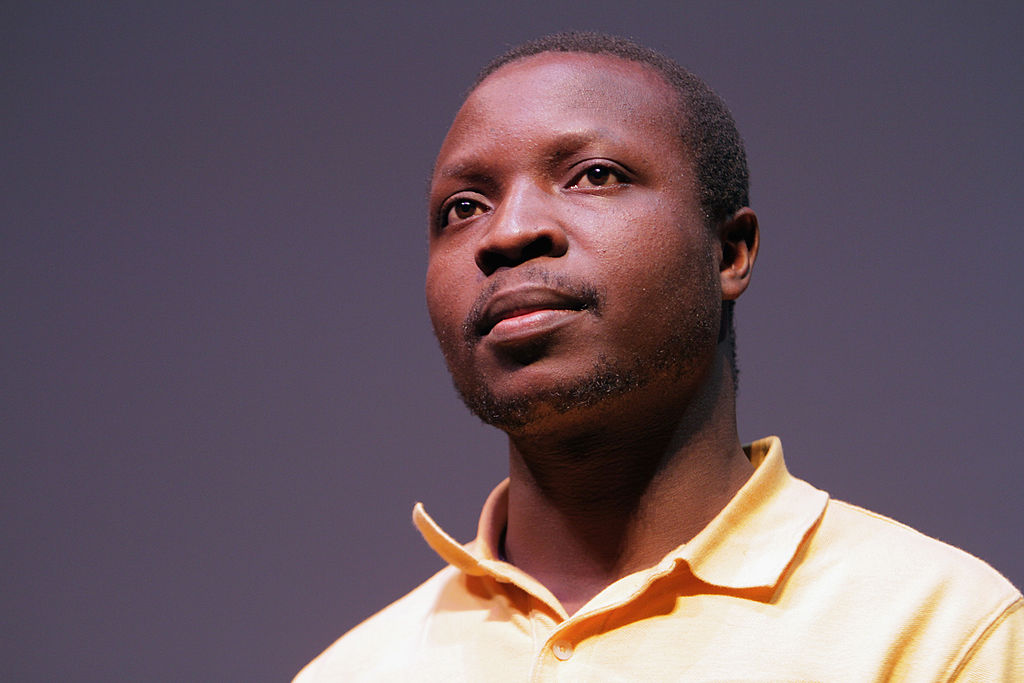“When your crops are caught on fire, you don’t wait for somebody to put it [out]. You are the one who faces the heat.”
The proverb from William Kamkwamba’s grandmother lit a fire in him to strive to take action himself to create solutions. From a very young age, the Malawi native’s mind was always filled with curiosity. His vivid imagination as a child had him taking apart radios because he initially thought tiny people were talking inside of them.
While successful in putting them back together, Kamkwamba faced the challenge of having no electricity at home. What’s more, from 2000 to 2001, Malawi had a drought that caused withering crops, which left the residents facing hunger. Due to the drastic impact on the country, Kamkwamba’s parents also couldn’t afford his studies, leading him to drop out of secondary school. However, his thirst for knowledge was still alive and well.
“I started going to the library where I found a book that had pictures of a windmill on the cover,” Kamkwamba recalled to AfroTech. “When I opened the inside, they said windmills pump water and generate electricity. Pumping water really attracted my attention because I [thought] if I can build a windmill to pump water, I can solve the problem.”
However, he didn’t have the parts to create a windmill that pumped water. So instead, at age 14, Kamkwamba built a windmill from spare parts and scraps to generate electricity. The teen watched the impact of his creation firsthand as people in his village began using it to charge their cell phones and showed an interest in learning how to build a windmill for their own homes. Kamkwamba’s true story birthed his New York Times bestseller, “The Boy Who Harnessed the Wind: Creating Currents of Electricity and Hope,” which was published in 2009.
Prior to the book’s release, Kamkwamba had a TED Talk titled, “How I Built a Windmill,” in 2007.
Then, the TED fellow returned for “How I Harnessed the Wind.” Connecting with the TED community led him to co-found the Moving Windmills Project. The organization aims to give youth the opportunity to grow their innovative design ideas through the support of mentorship. In addition, Kamkwamba and his team are working to build an innovation center for children across Malawi.
“We want to build this space where we are gonna be able to bring in young people from all over the country to build a community of changemakers,” he said. “Solutions sometimes don’t have to come from somewhere else, but solution is within us. If we can be able to work together as a community, we can be able to figure out what best solution works for our challenges.”
On Kamkwamba’s list of efforts, he is working with the young people on using electric motorcycles to help bring people from different areas to his organization to receive learning and guidance.
“It’s changing the way we are doing our work,” Kamkwamba shared. “And we are hoping by continuing to do that, we are gonna also be involved a lot in designing farming tools. They’re gonna be electric and we can charge using the solar power so that everything will be renewable.”


